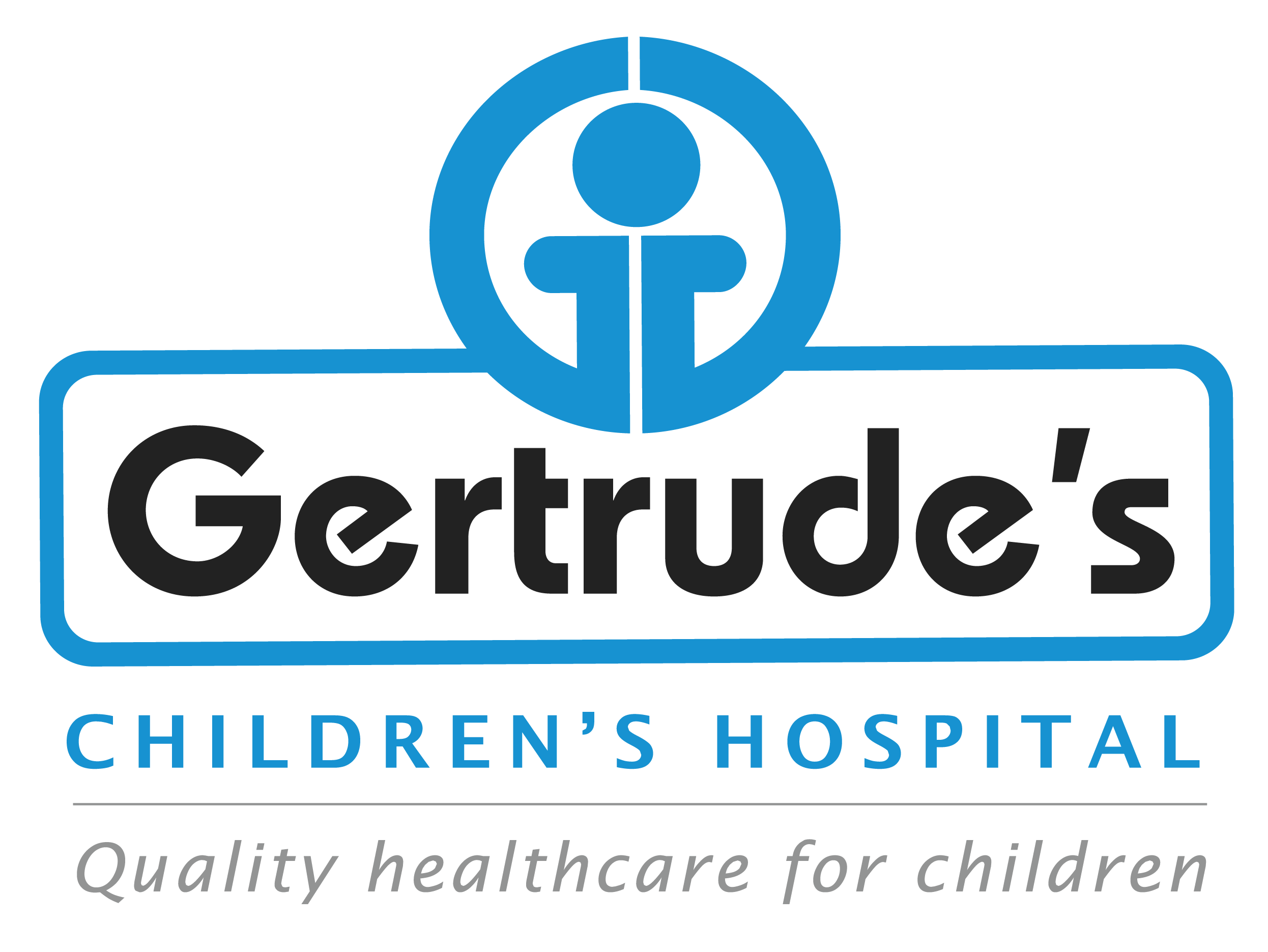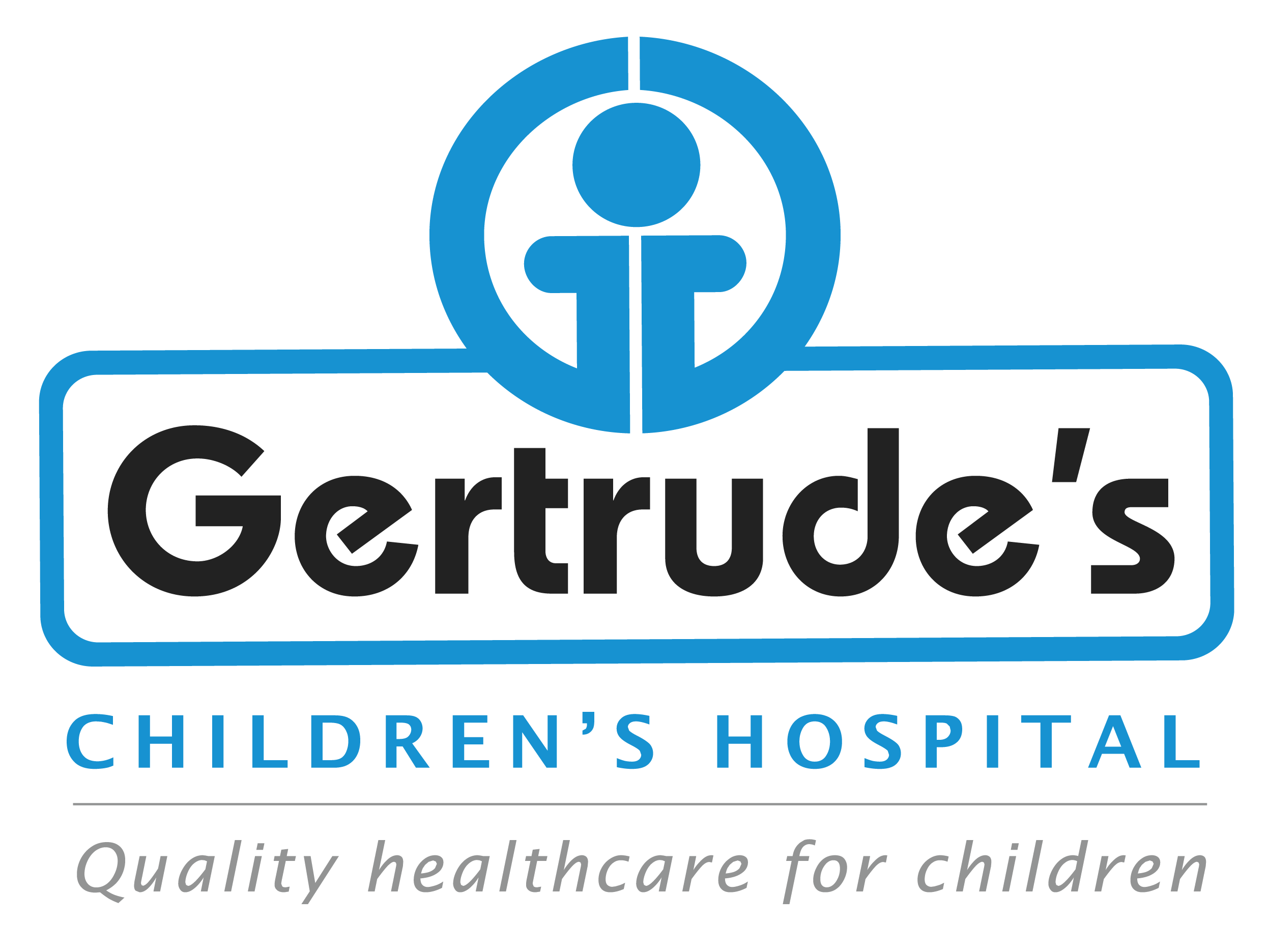Branchial cleft cysts and sinuses are congenital abnormalities that occur when the tissues in the neck and throat fail to develop properly during fetal development. These cysts or sinuses are remnants of the branchial clefts, which are structures present during early embryonic development. Branchial cleft cysts are fluid-filled sacs, while sinuses are small openings in the skin that may connect to deeper tissues or the throat. These conditions are typically present at birth but may not be noticeable until later in childhood. While usually benign, they can become infected or cause discomfort, necessitating medical intervention.
Symptoms
- Visible lump: A soft, smooth lump on one side of the neck, near the collarbone, or just below the jaw.
- Tenderness or pain: The cyst or sinus may become tender, swollen, or painful, particularly if infected.
- Fluid drainage: A branchial cleft sinus may drain mucus or fluid, which can sometimes be persistent.
- Infection: If the cyst becomes infected, it may become red, swollen, and warm to the touch, and the child may develop a fever.
Causes
Types of Branchial Cleft Cysts and Sinuses: There are four types of branchial cleft anomalies, named according to the specific branchial cleft that is involved:
- First branchial cleft: These are found near the ear or just below the jaw.
- Second branchial cleft (most common): These are located along the side of the neck, often below the angle of the jaw.
- Third branchial cleft: These are rarer and are found lower in the neck, closer to the collarbone.
- Fourth branchial cleft: These are the rarest and are typically located very low in the neck or upper chest.
Diagnosis
- Medical history: The doctor will ask about the child’s symptoms, when the lump or drainage was first noticed, and whether there have been any episodes of infection or swelling.
- Physical examination: The doctor will examine the neck, throat, and ear areas for signs of a lump or drainage.
- Imaging tests: Ultrasound, CT scans, or MRIs may be used to determine the exact location and extent of the cyst or sinus and to rule out other possible causes of neck lumps.
- Fine needle aspiration (FNA): In some cases, a small sample of fluid from the cyst may be taken and analyzed to confirm the diagnosis and rule out other conditions, such as infections or tumors.
Treatment Options
- Observation:
In some cases, if the cyst is small, asymptomatic, and not causing any discomfort, the doctor may recommend a period of observation. However, because branchial cleft cysts can become infected or grow over time, surgery is often recommended to prevent future complications. - Antibiotics:
If the cyst becomes infected, antibiotics will be prescribed to treat the infection. However, this will not eliminate the cyst itself, and surgery is often recommended after the infection is resolved. - Surgical removal:
The definitive treatment for branchial cleft cysts and sinuses is surgery to remove the cyst or sinus tract entirely. This is usually done to prevent recurrent infections and other complications. The surgery is performed under general anesthesia, and in most cases, children recover quickly with minimal scarring.- Cyst excision: During the procedure, the surgeon will remove the entire cyst, ensuring no remnants are left behind, as this could lead to recurrence.
- Sinus tract removal: For branchial cleft sinuses, the surgeon will carefully remove the entire tract to prevent the formation of a new sinus or abscess.
- Post-surgery care:
After surgery, the child may experience mild discomfort or swelling at the incision site. Pain relievers and antibiotics are typically prescribed to prevent infection and aid recovery. Most children return to normal activities within a few days.
Why Choose Us
Expert team
Our pediatric specialists have extensive experience in treating children.
Personalized care
We create treatment plans that fit each child’s unique needs
Support and education
We teach children and families how to care for them and prevent future cases
Advanced treatments
Access to the latest treatments and products
Contact
Please feel free to contact us with any general or medical enquiry by calling us.





